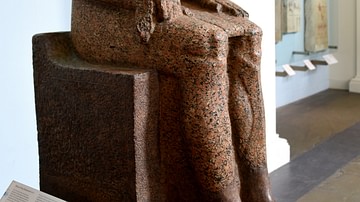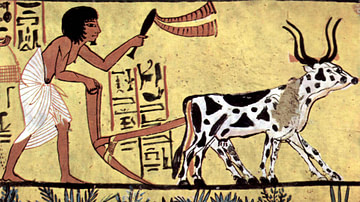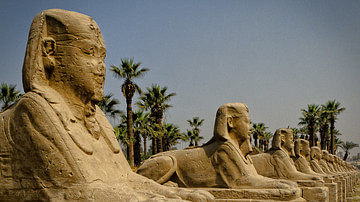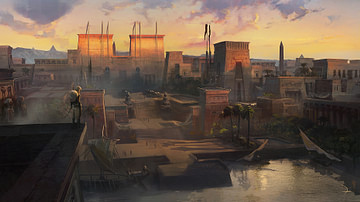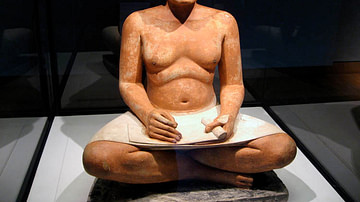This collection examines the economic, social, political, and cultural organization of ancient Egypt from the Predynastic Period to the Third Intermediate Period. It provides supplementary materials to students who want to enhance their history studies and to teachers who want a more concise coverage of each lesson that they deliver. The variety of articles, definitions, images, videos, and maps will cover the students' needs.
The irrigation of an enormous land area by a river, the Nile, was a key component in the development of civilization and the organization of daily life in Egypt. Economic factors aided the establishment of a hierarchical society, with the pharaoh at the apex. The afterlife is a prevalent concept in the Egyptian religion, which had a significant impact on the development of Egyptian art and science.






